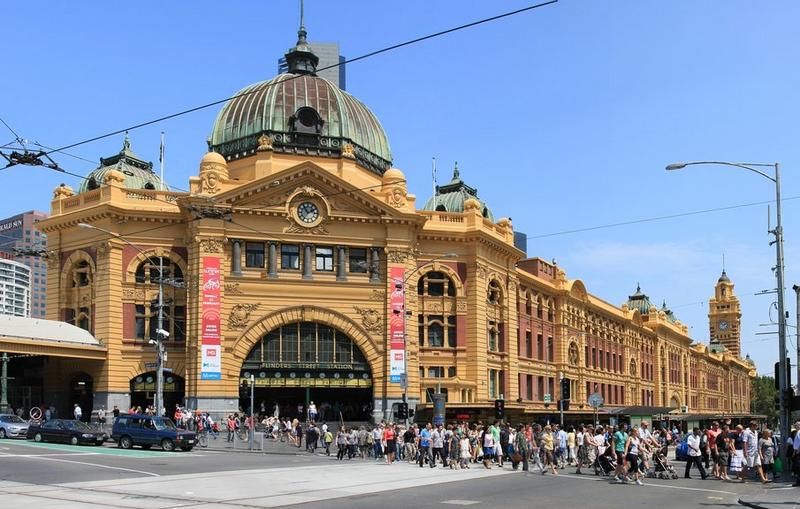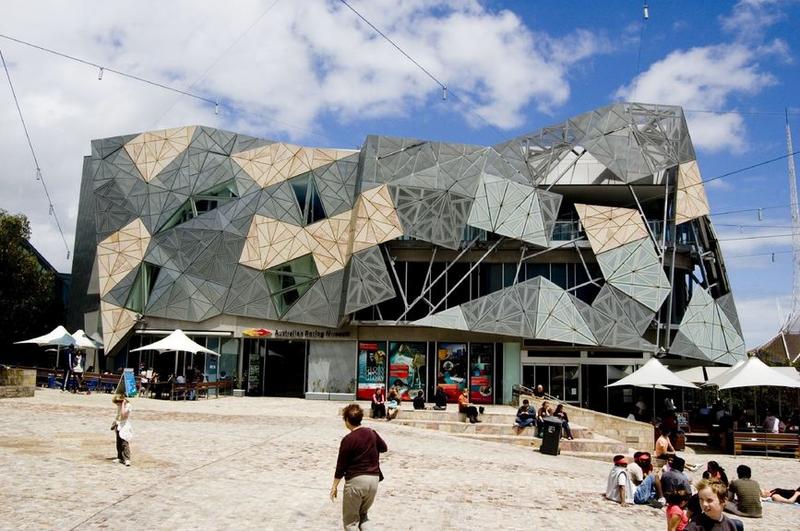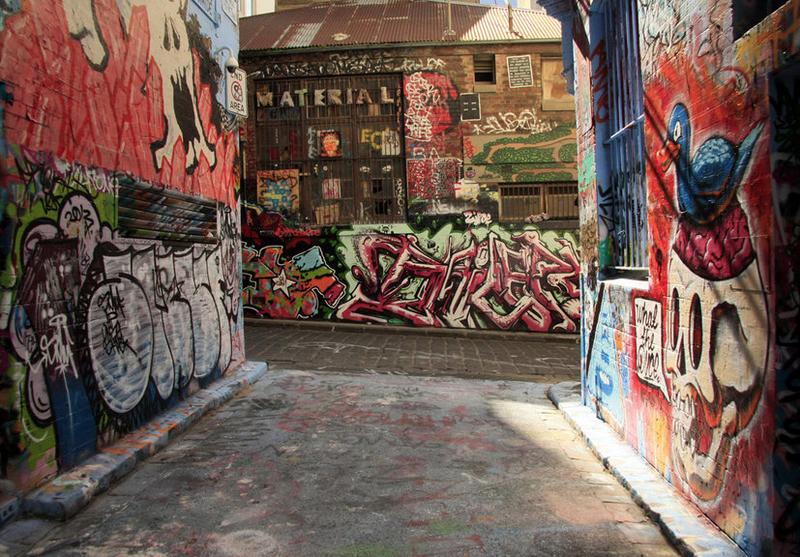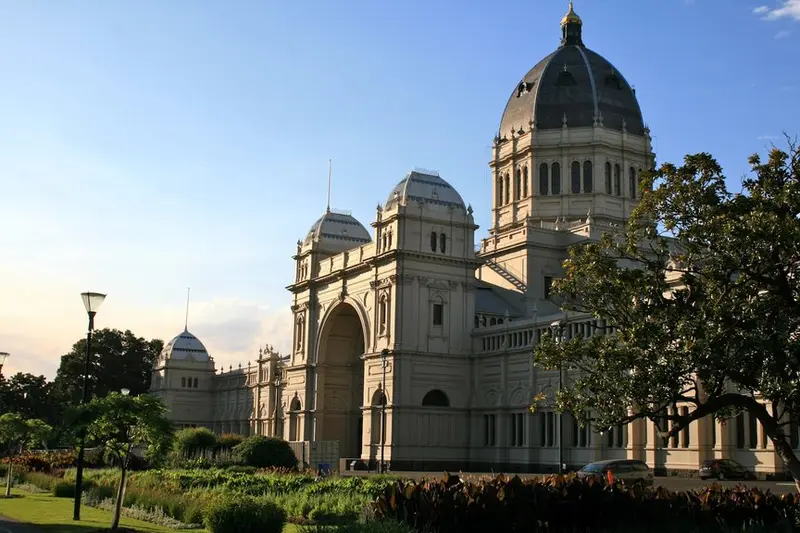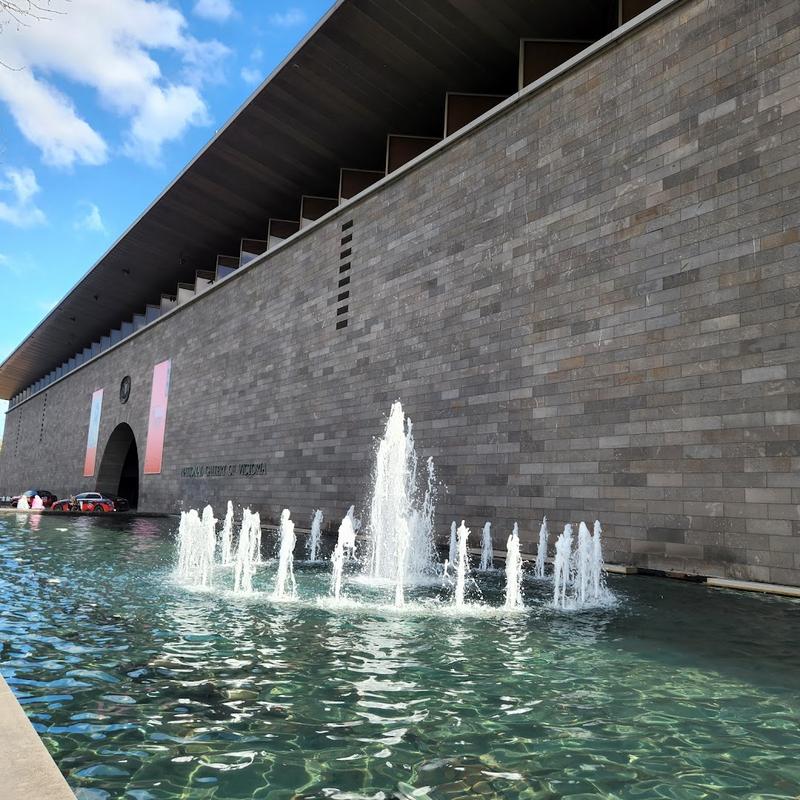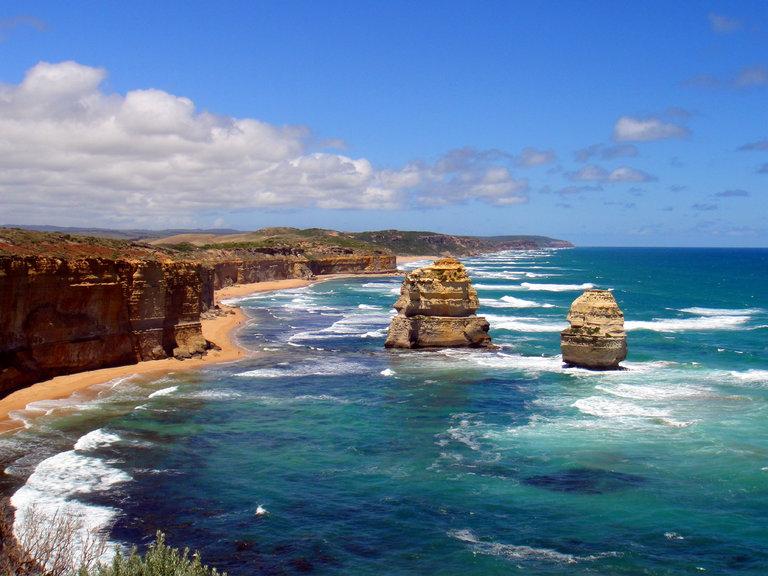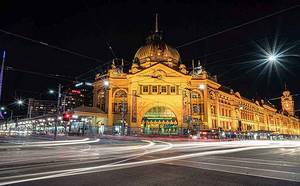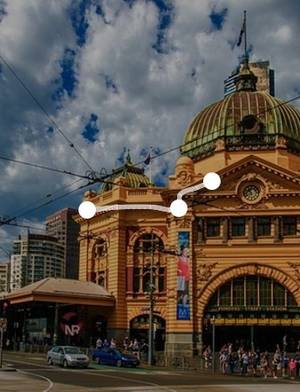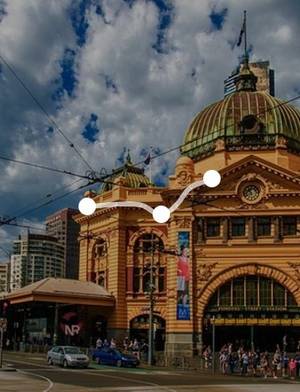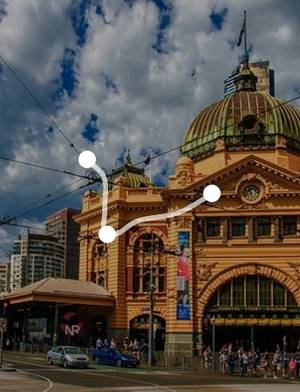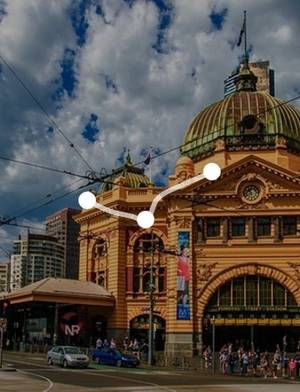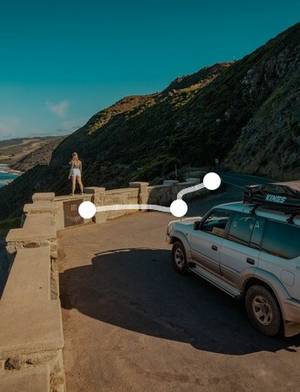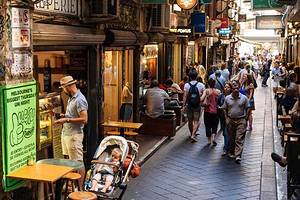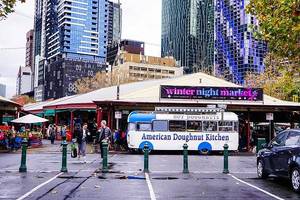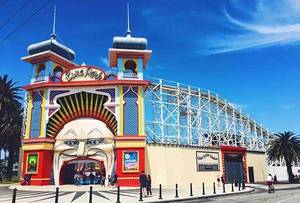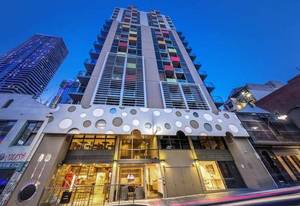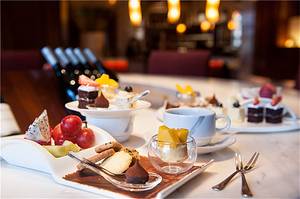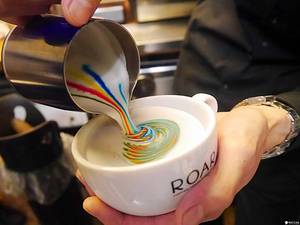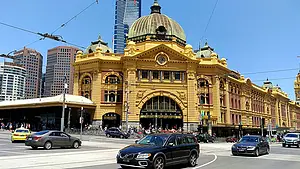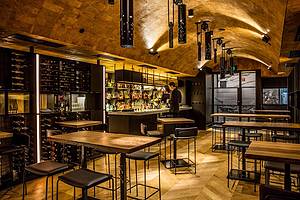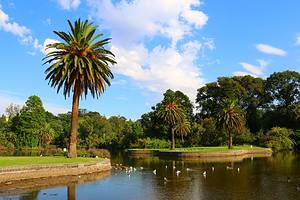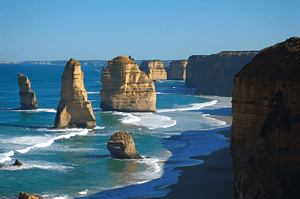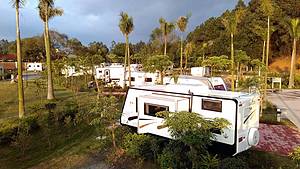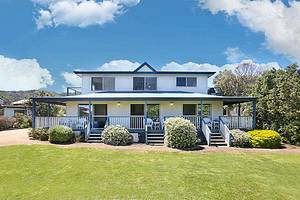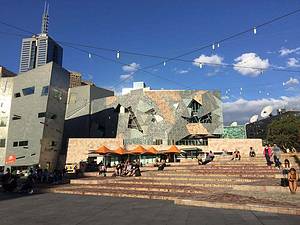Melbourne 3 Days: City Art and Nature at a Glance
1 cities |
7 attraction(s) |
total distance 381
km
 TIPS
TIPS
Day1
Day2
Day3
Day1: Melbourne
5 attraction(s) ·
4 km
1
Flinders Street Station is one of Melbourne's largest and busiest train stations, as well as one of the buildings left behind from the Victorian era. As the first railway station in Melbourne, it serves as the central station for local railway lines. Its grand architectural style is very attractive and easily recognizable. Located in the city center, the station's unique location facing Federation Square and St. Paul's Church has become one of Melbourne's most important cultural centers. The entire station is built with yellow stone, and the bronze dome is one of its greatest features. When night falls, the station is illuminated by dim yellow lights and looks especially beautiful. As far as the eye can see, the magnificent buildings give people a peaceful and beautiful feeling. Melbourne residents often meet under the station's clock, which has become an important part of their lives. To experience the charm of Flinders Street Station, it is recommended to visit at night when you will surely be amazed by its unique classical beauty.
1
km
2
Fed Square is located in the center of Melbourne, Australia. It covers an area of 3.2 hectares and is adjacent to the Yarra River. The unique architectural style exudes the charm of Australian Aboriginal culture. The square is a holy place for people to gather, and the tourist center is a focus. Various celebratory events are held here every year, including New Year's countdowns and live sports broadcasts. The history of the square can be traced back to the 1960s. After a large-scale reconstruction, it was put into use in 2002 as a mixed-use multi-functional place with 16 cafes, bars and restaurants, various shops, and tourist service centers. There are many attractions around the square, such as the Ian Potter Center, the Australian Centre for the Moving Image, the National Gallery of Victoria Children's Play area, and the Australian Commercial Art galleries Association, etc. Tourists can spend unforgettable time here. The Melbourne Visitor Center provides thoughtful services for tourists to understand tourism information in Melbourne and Victoria. Fed Square is a vibrant and culturally rich place that is worth visiting.
1
km
3
The English name for graffiti art, "graffiti," comes from Greek slang and represents the grassroots and original nature of this art form. Early graffiti primarily appeared in public places such as walls, subways, etc., with cultural connotations such as youth, rebellion, and non-mainstream, reflecting the voice of African Americans. It has certain associations with the pop art that emerged in the 1960s, but there are also significant differences: Pop artists generally have received professional painting training, while graffiti artists are mostly from poor backgrounds. It wasn't until 1973 that graffiti art first received official exhibition and artistic recognition. Victoria, Australia's Melbourne has strict anti-graffiti laws, which means that young graffiti artists like to create in alleyways. Adrian Doyle is the founder of graffiti art in the area and a successful artist. Hosier Lane is a iconic street art alley in Melbourne's central business district with graffiti changing fastest. Spray painting and pasting are the main ways of graffiti, including paintings, artistic fonts, various posters, flyers, handicrafts, etc. To truly touch the territory of graffiti, you need to stand in the streets and alleys and appreciate it.
2
km
4
The Royal Exhibition Building is a Victorian-era building constructed in the late 19th century for the world exposition. In 1901, it became the meeting place for the Australian Parliament. For 100 years, the Royal Exhibition Building has been used for various events. Together with the surrounding Carlton Gardens, it is listed as a World Heritage Site. The building is one of the few remaining 19th-century exhibition buildings in the world and the only one that has survived to this day.
2
km
5
Public gallery with vast, varied collection of noted Australian and international art and artefacts.
Day2: Melbourne
2 attraction(s) ·
189 km
1
The Great Ocean Road is a travel route that stretches nearly 250 kilometers west of Melbourne, Australia. The route crosses through pristine beaches, picturesque towns, stunning mountains, and rainforests, making it an unforgettable journey filled with beautiful scenery and historic significance. The eastern portion of the Great Ocean Road winds through the Otway Mountains, where lush forests and farmland thrive. Traveling along the coast from Melbourne to the endpoint takes approximately four hours, while taking an inland highway can save you over an hour, but you'll miss out on many breathtaking coastal views. Towns along the way include Geelong, Torquay, Apollo Bay, and Port Campbell. One of the most famous attractions along the route is the Twelve Apostles, but due to the high number of tourists, it's recommended that those driving stay overnight in Port Campbell and head there early in the morning to avoid crowds. You can also continue westward from Port Campbell to explore the town of Warrnambool and its many beautiful, unique sights that are less crowded. Our suggestion is to stay overnight in Warrnambool for a leisurely holiday, where you can find great deals like "a 300 square meter new villa with garage for only 700 yuan" and enjoy the comfort and tranquility.
189
km
Day3:
0 attraction(s) ·
0 km
